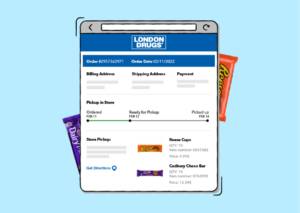
J.McLaughlin: Managing Split Shipments While Delivering a Seamless Customer Experience
WeSupply was able to develop a native integration with Aptos, a huge omnichannel retail management software, that allows JML’s customers to track their packages and make returns in an automated and branded interface.


















